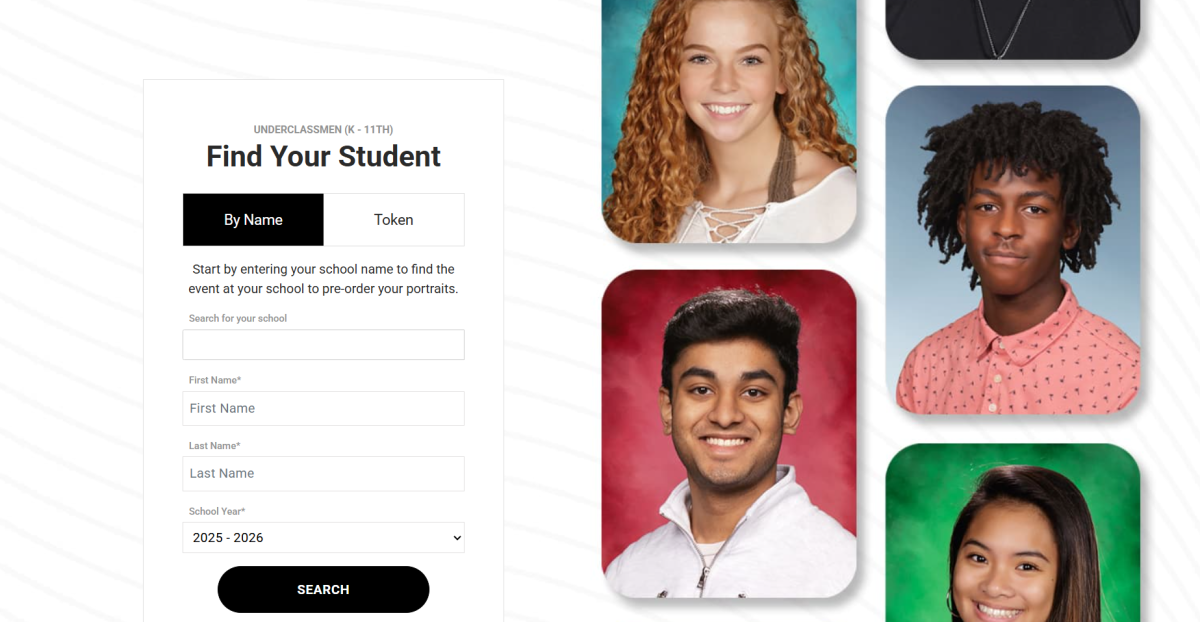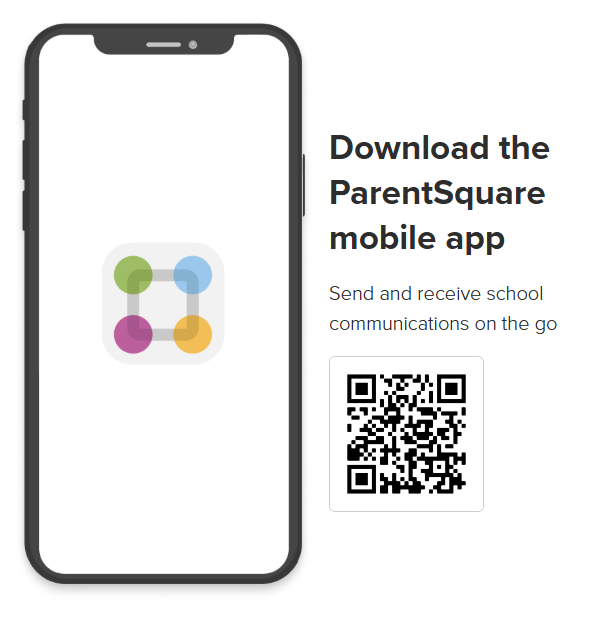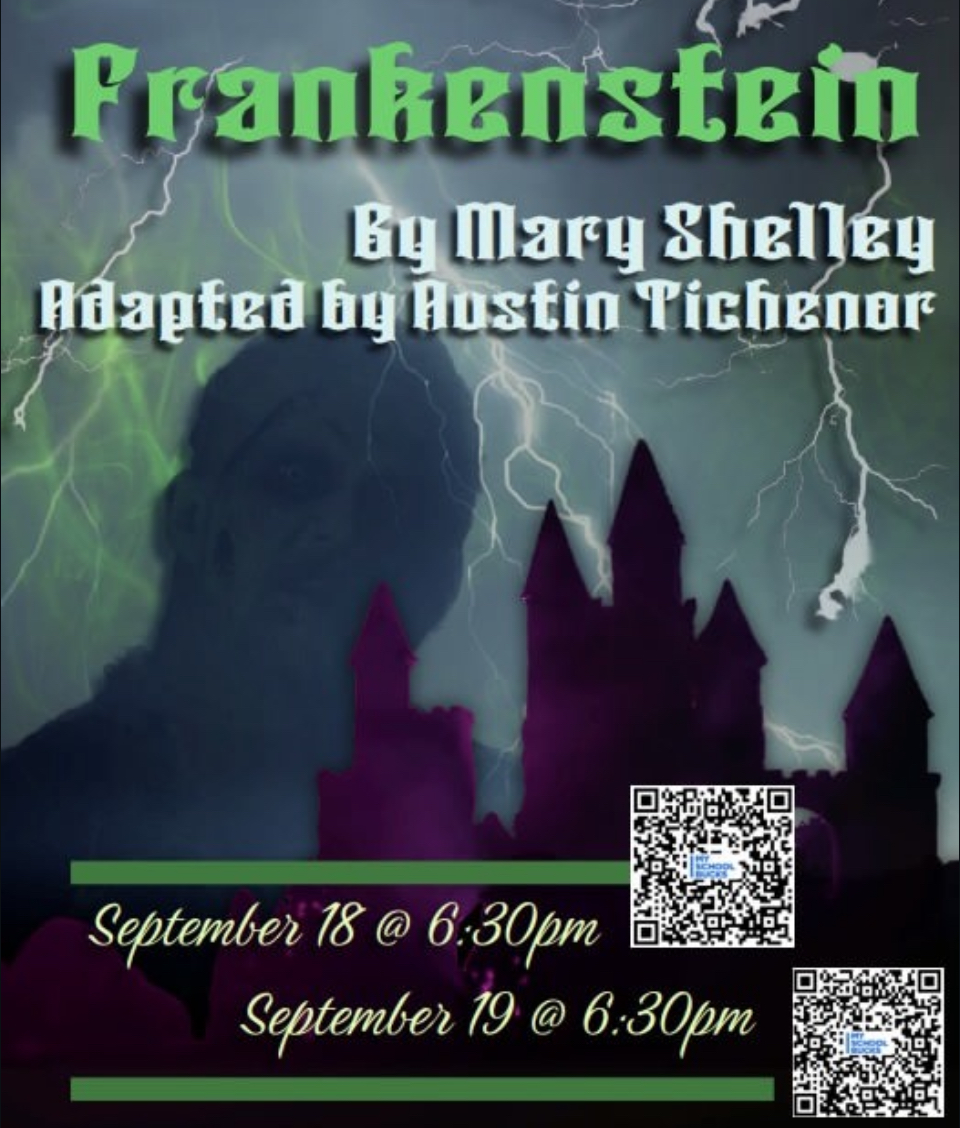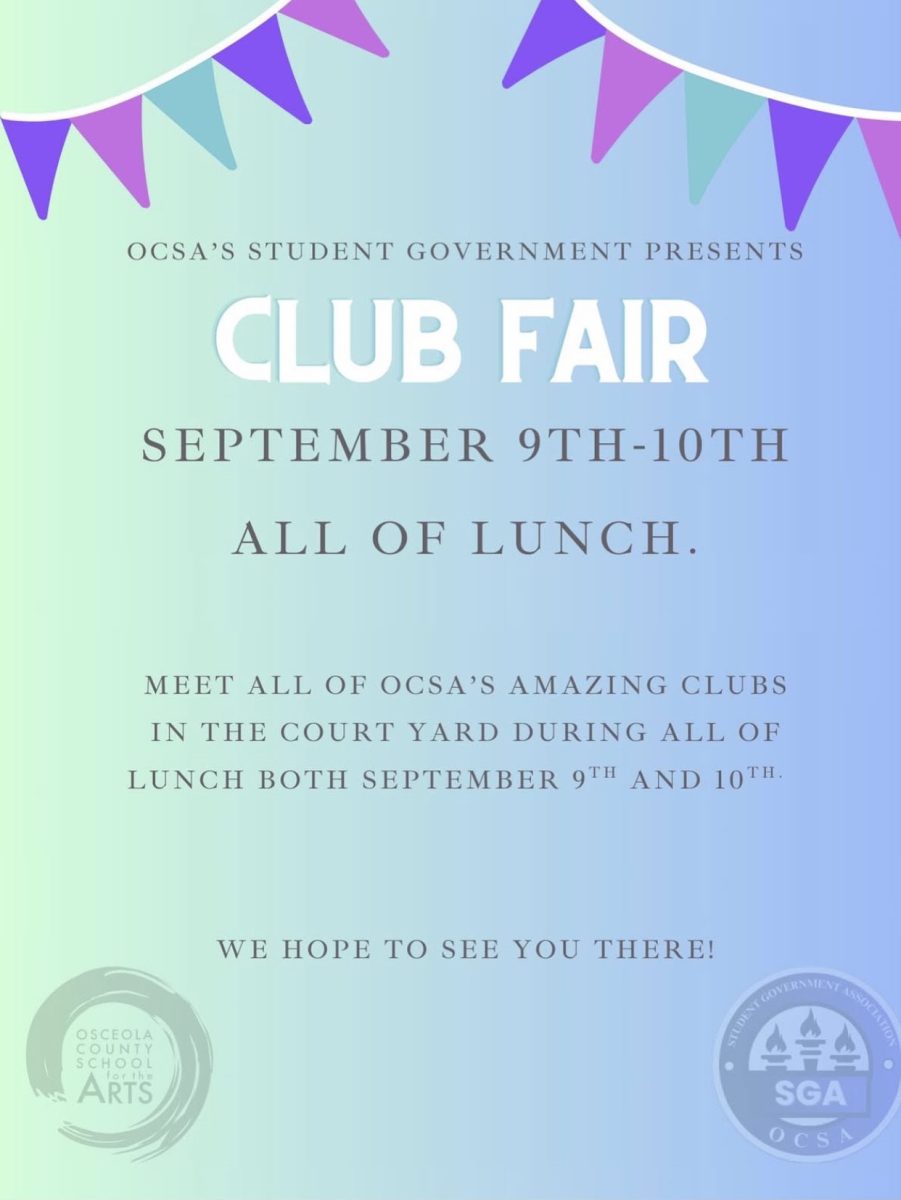Right now, all grades in the Creative Writing Department at OCSA, along with anyone else in the world who wishes to, have started NaNoWriMo.
NaNoWriMo is short for National Novel Writing Month, which begins on November 1st and ends on November 30th. Despite its origin in 1999 as a straightforward challenge to write a 50,000-word novel online, today people are writing more than just novels. Some examples are a collection of poems, a screenplay, a collection of short stories, and more.
The goal is not to write a masterpiece, but to have a very rough draft that, after November, you can look at, edit, and possibly publish.
At OCSA each grade level has a different word goal. 6th graders have a 10,000-word goal, 7th graders a 15,000-word goal, 8th grades have a 20,000-word goal, and all highschoolers have a 25,000-word goal. However, senior creative writers have an added choice. They can do the 25,000 words with the rest of the highschoolers, or aim higher and do 50,000 words, the official goal for the adult NaNoWriMo website.
There are two websites for NaNoWriMo. The adult website is known as simply NaNoWriMo. The one for minors is called NaNoWriMo YWP (Young Writer’s Program), which allows its users to customize the number of words they want to make their target. The Young Writer’s Program makes writing easier, especially for those who are going in with little to no writing experience. There are plenty of tools included to aid someone who’s experiencing writers block, or who wishes to challenge themselves.
The “Dare Machine” button gives a random scenario you can put characters in your story in (or, if you’re doing a poem, a prompt you can do for it). The scenarios are generated both from the website and from people who have engaged in the challenge and entered in scenarios to it. The “Word Sprint” button provides a challenge for anyone writing. It allows to pick from 5 to 60 minutes to write 100 to 2,000 words, which gets your mind to stop nitpicking what you write and just write what comes to mind quickly.
When making a writing piece on NaNoWriMo, you put in a word count along with a synopsis and title. You also put in the genre(s) of your piece. While you write, there is a chart on the side of your novel that tracks your progress towards your writing goal. It also shows golden calendars depending on the number of consecutive days you write.
Writing for NaNoWriMo doesn’t have to be done alone. During NaNoWriMo, writers are able to form group chats. In these, you have a tool to get advice amongst people who are also participating in the program, or just speak amongst yourselves between writing.
When preparing, it is greatly suggested to create a storyboard, even if you aren’t writing a novel. No matter the writing piece, storyboarding is one of many ways to prepare and make sure to have a cohesive piece ready for NaNo.
6th Grade Creative Writers Ava Gil, Emily Moore, Kylie Jordan, and Isabella Pacheco are working on NaNoWriMo for the first time.
Emily Moore says that when it comes to preparing for Nano, “Rather than just making a story board, I’m trying to prepare my mindset to finish this story. I tend to have a lot of ideas in my mind, yet never completely finish them.”
Ava Gil says, “I’m excited to use this idea that I’ve been wanting to use on some of the projects I’ve done lately.”
Kylie Jordan says towards preparing, “I’m writing a lot of drafts and on the storyboard adding a lot of new ideas so I can prepare myself for when I finally write the novel.”
Isabella Pacheco brings up how events pre-planned can challenge working on NaNoWriMo, and how time management takes a part in it. “I’m most nervous about is that I’m going to have to work really, really late. I do after school sport, so I’m scared that I’m going to have to do a whole bunch of writing right after school.”
Jillian Jenks, a 12th grader creative writer, is doing the optional 50,000-word challenge for seniors. Upon being asked why she chose to take on the challenge she says “Since the sixth grade it’s always been my dream to accomplish the 50,000-word goal feat. I saw the other high schooler doing it, and I always wanted to do it. So now that I’m a 12th grader and it’s my last year here, it feels right for me to do the 50,000-word goal.”
When asked how it feels to be doing her last NaNoWriMo as a high schooler, she commented, “It feels pretty crazy, it feels like I’ve come full circle. I’ve been here since the sixth grade, so this is my seventh year doing NaNo, and it feels really fitting, and like a perfect way to end my time here at OCSA.” When it comes to methods of preparing for NaNo, her preference is getting a big sheet of paper and using sticky notes, along with a google doc for each chapter to keep organized.
She advises people starting NaNo for the first time to, “just have fun with it. A lot of times with NaNo people worry about perfection, and feeling bad about their writing, and that it’s not as good as it normally is. But that’s the whole point of Nano. Nano is just a draft. It’s getting things onto your screen or onto your paper. So you might as just have fun with it so you’re not miserable the entire month.”
Even though NaNoWriMo has already started there is still time to catch up! Anyone can join in on the challenge no matter their age, grade, or major.







